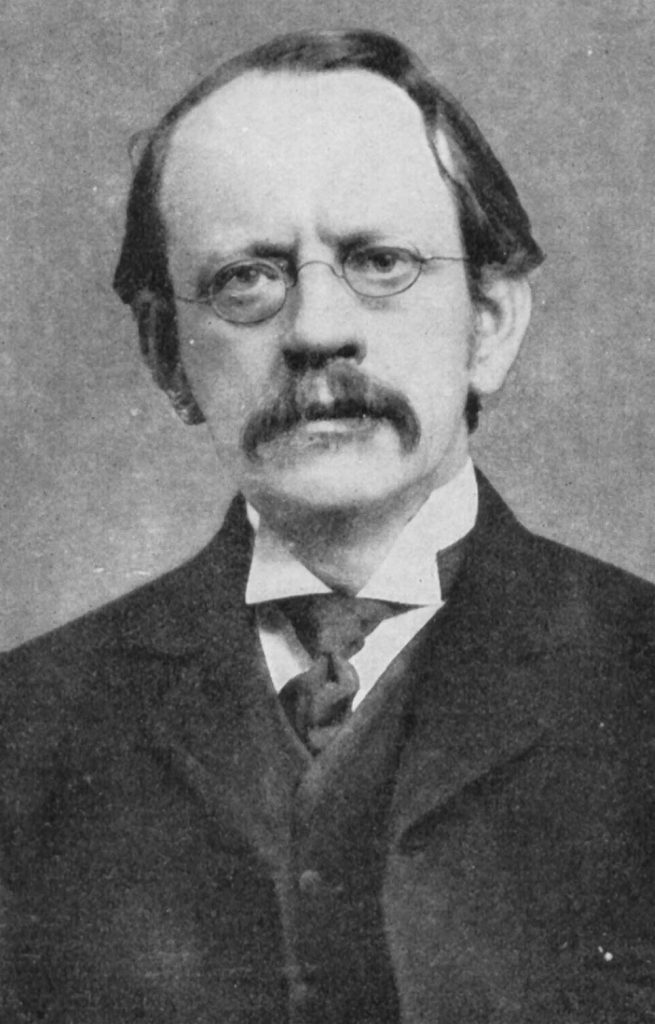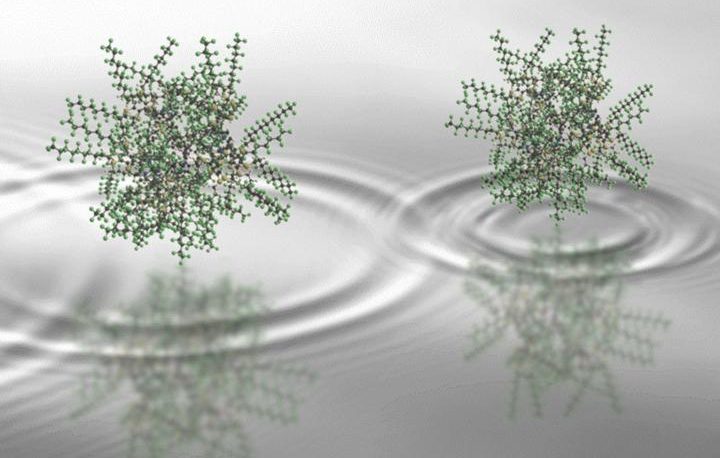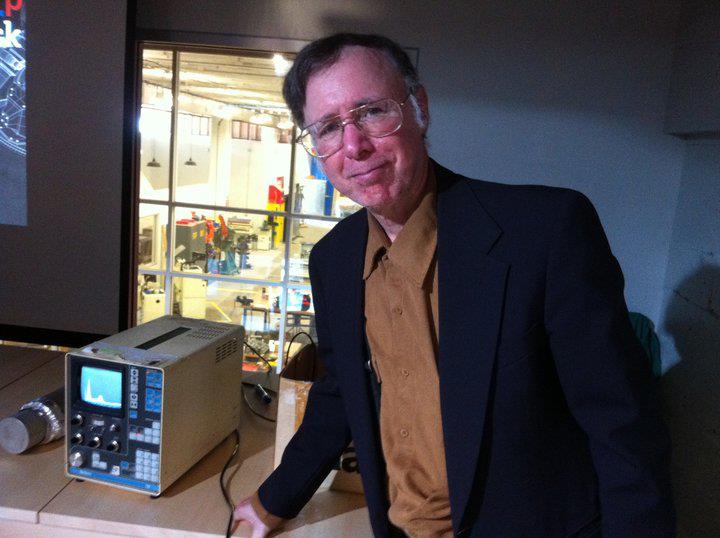A recent experimental paper in Nature tries to show that large molecule-sized particles diffract like waves. Here is why I think not, and how this popularization falls short. I expect this to be difficult material for most of my friends, but I post here for the record.
Two places at once is a silly way to express wave-particle duality (WPD). WPD means we are not dealing with classical particles; we are dealing with dualistic weird quantum mechanical particles. Of course, scientists have not yet seen my experiment or just do not believe it. This review article is much worse though because it is written by an ill-informed journalist.
The double-slit experiment is a statement of WPD. For electrons, the experiment does not really look like a double-slit system, it is similar though. If you use an electron detector that is set-up to read clicks, you will say a particle hit there. But it has a wave pattern, and particles do not diffract. Therefore, WPD. They try to say things like “we know electrons have mass, therefore it is a particle.” That is just wrong. But let us look at how we measure mass. There are several ways. Let me describe one way. Deflect a charge beam in a magnetic field. If you use the charge constant, e, in the calculation you can calculate the mass constant. J.J. Thompson did that.

However, that assumes the charge constant, e, is like a particle (quantized), like from the Millikan oil-drop experiment. I argue that the oil drop test shows a quantized charge because of an ensemble effect. Furthermore, if you look at the experiments and how they use their constants, you can substitute thresholds for quanta. Now there is such a thing as particles, but when a test is set up to see diffraction effects, the constants assume ratios like e/m. The ratios are constants. The e and m, and even Planck’s h, are constants but I say they are maxima. This is my theoretical discovery substantiated by my experiments. It is a simple concept once you understand it, but hard for most people to see the first time around.
As to diffracting giant molecules… It cannot be. That effect was reported some years ago on a kind of slit system that was simple enough for me to analyze. Upon my examination and correspondence with the same Nature-paper author, they did not rule out electrical deflection at the slits. For this recent attempt, they use a system of three layers of slits, and that is very difficult to analyze. In any case, the review article journalist did such a poor job that you cannot tell what happened. One needs to dig into the original Nature paper.
I read some of the Nature paper. They say their system is sensitive to external influences such as gravity, Coriolis force, and vibration to the tune of 10^-26 Newtons ! The second of their three gratings is made of standing waves of light. Such standing waves are made of electric forces. I expect such forces will direct a beam of classical particles to give the illusion of an interference pattern. At the scale of this experiment, it is very easy for forces from slits, made of either matter or light, to direct classical particles to give the illusion of wave interference. There are forces from the physical slits and they did seem to calculate for that. Those calculations are of forces against classical particles. But they are attempting to show evidence for matter-waves (quantum mechanical particles) not classical particles.
What a mess. This may seem confusing in relation to my experiments because my experiments show alpha-rays are not always classical particles. I show the alpha is a matter-wave. But their test is on something much bigger; indeed a real thing. It is too big and complex for it to spread out and load-up in a threshold model. If they are correct, the world is inherently paradoxical. Due to its complexity, I am not able to dig into the details of this experiment to criticize it quantitatively. Their earlier experiment with a single grating was something I could and did do quantitatively. I hold my ground that either they are wrong or I am wrong. My experiment does not suffer from any noise interference or such horrendous complexity as the Nature paper.
I wish people would tell them to do my experiment and cease their acts of desperation. What one expects to see in such a claim as theirs is a simplification to the deBroglie equation. That is, they should show that the wavelength of their “particle” equals h/momentum. I did not see that in this paper. That simplification was in their previous matter-wave paper. To review, in quantum mechanics, a quantum mechanical particle has a wavelength. But classical particles do not destructively interfere (cancel out) like waves do. They insist that nature is quantum mechanical and inherently weird like that.
(See Eric’s webpage on this Threshold Model)
![]()




